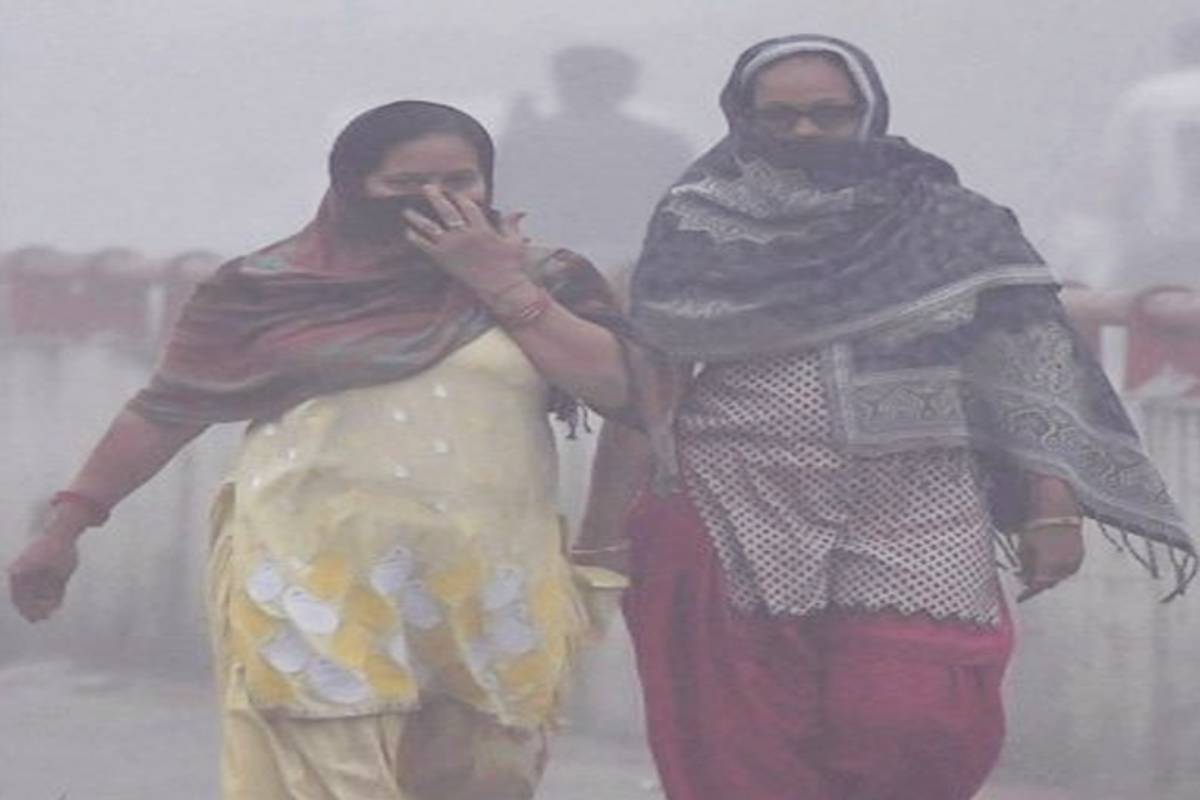Drunk riders fall off flyover in Delhi
A tragic accident occurred on Geeta Colony flyover, resulting in one fatality and another person sustaining serious injuries, police said on Sunday.
The national capital on Friday slipped back to “very poor” quality of air from “poor quality” yesterday. The AQI at 7 am was 304, but it increased to 356 at 7 pm.

File Photo for representational purpose.
The national capital on Friday slipped back to “very poor” quality of air from “poor quality” yesterday. The AQI at 7 am was 304, but it increased to 356 at 7 pm.
According to a SAFAR (System of Air Quality and Weather Forecasting And Research (SAFAR) bulletin, “AQI today indicates ‘very poor’ air quality. The prevailing cold wave conditions in the northwest region, including Delhi, with moderate winds blowing from the west/northwest direction degrade air quality. However, the maximum temperature shows a tendency to increase slightly for the next three days (1st January, 2nd January and 3rd January). The mixing layer height continues to be 1.0 – 1.5 km.”
Advertisement
SAFAR added, ” New Year celebrations on 31 December night may increase emissions and worsen AQI, but the net effect is likely to keep AQI within ‘very poor’ or the ‘higher end of ‘very poor’ for the next three days.”
Advertisement
An AQI between zero and 50 is considered ‘good’, between 51 and 100 ‘satisfactory’, 101 and 200 ‘moderate’, 201 and 300 ‘poor’, 301 and 400 ‘very poor’, and 401 and 500 ‘severe’.
According to the India Meteorological Department (IMD), cold wave conditions prevailed in northern India. Delhi’s Safdarjung observatory recorded 3.8 degrees Celsius temperature at 8.30 am on Friday.
The city experienced cold wave conditions on Thursday (December 30) too as the temperature dropped sharply to 3.4 degrees Celsius from 8.4 degrees Celsius a day before.
According to the weather office, similar conditions are likely to prevail during the next few days also.
Advertisement